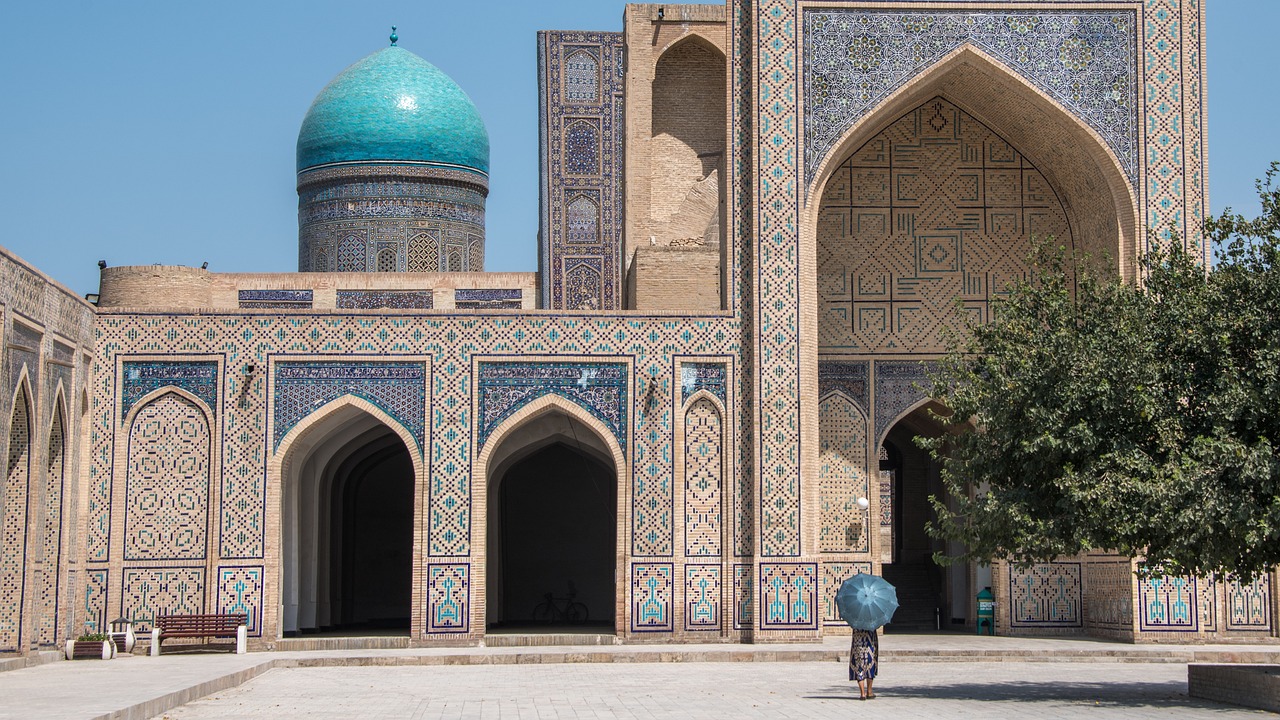Fighting poverty through e-commerce in Central Asia
Trade has driven economic growth in Central Asia despite significant geographical challenges. Products from the region, which lacks access to seaports, must travel long distances to reach their destination. The cost of trade for landlocked countries—equivalent to a tariff of 540%—hampers the competitiveness of local entrepreneurs and limits income growth.
E-commerce could be the key to unlocking new markets for merchants in the region. In 2023, global e-commerce sales reached approximately $30 trillion—more than the GDP of the U.S. or China—offering a massive opportunity for rural producers, SMEs, and women entrepreneurs.

E-commerce provides direct access to global trade, enabling local producers and SMEs to expand their reach beyond the local market to national and international customers. At the same time, it reduces transaction costs by eliminating intermediaries and their markups. It improves supply chain efficiency, and creates jobs—especially in geographically isolated areas like Central Asia. Additionally, e-commerce offers women greater financial independence.
However, to fully capitalize on e-commerce opportunities, Central Asia must address challenges such as poor infrastructure, low digital literacy, and the need for supportive policy frameworks.
What’s Happening in E-Commerce in Central Asia?
The development of e-commerce is a promising pathway to reducing poverty in Central Asia. Beyond the payment sector, which requires financial professionals, the e-commerce ecosystem—particularly in production, marketing, and delivery—offers numerous job opportunities that enable low-income and less-skilled individuals to participate in online markets.
Industries such as textiles, agriculture, and tourism are recognizing the potential of e-commerce and increasingly embracing it. Kyrgyzstan, Tajikistan, and Uzbekistan are enacting e-commerce laws to regulate and promote its growth. Some marketplaces have already seen rapid expansion. Some of these are Uzum in Uzbekistan, which grew 23 times between December 2022 and 2023. In 2024, Uzum became Uzbekistan’s first unicorn—a privately held company valued at over $1 billion. Additionally, international e-commerce platforms like eBay and NOVICA are establishing a presence in the region.
However, adoption of e-commerce by local businesses is slow and the market is still very small. It is estimated that the total e-commerce market size in Central Asia is less than $3 billion. What is hindering its development?
The answer to the blockages that prevent development can be found on the website of blogs.worldbank.org, where the topic is discussed in detail.